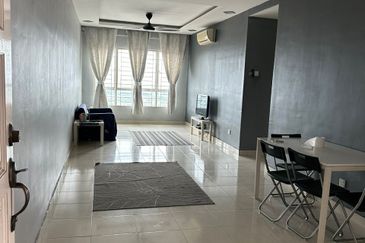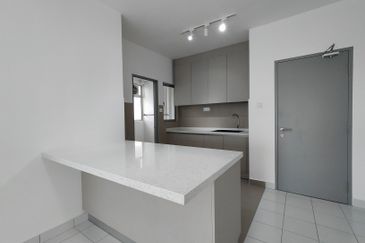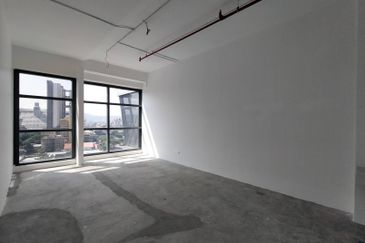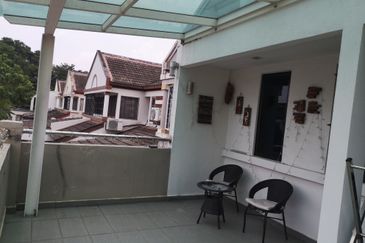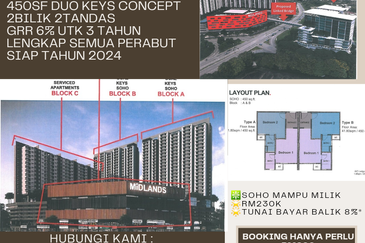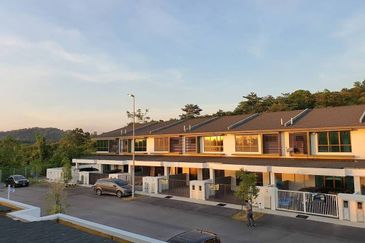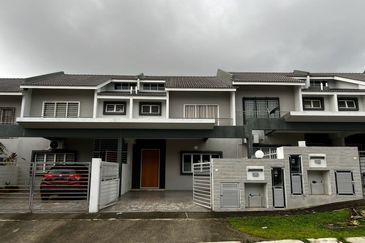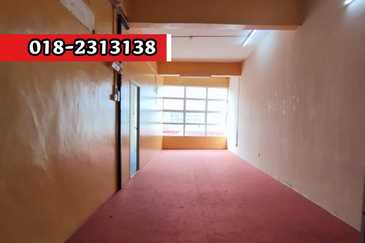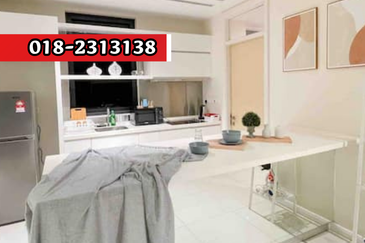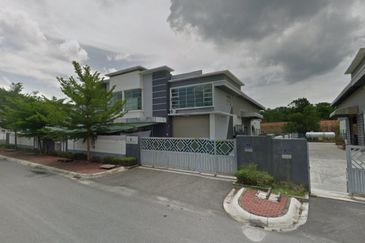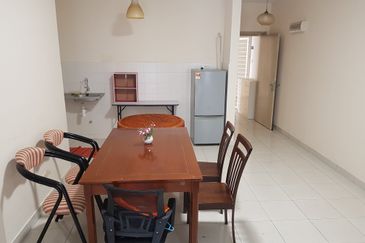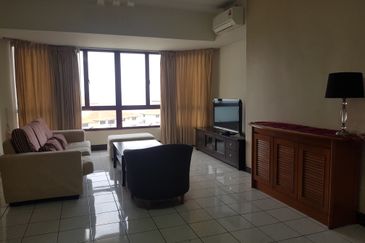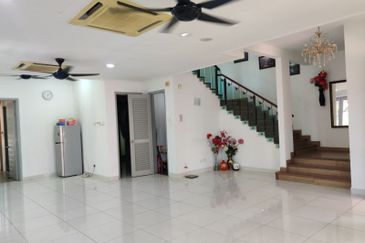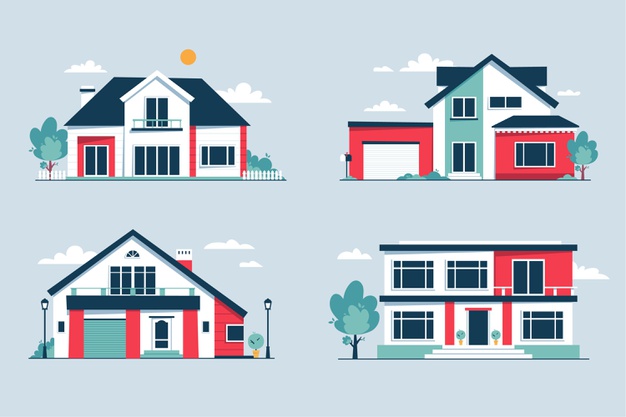
KUALA LUMPUR (March 31): Unsold properties continue to remain at an elevated level, driven by serviced apartments, small office home office (SOHO) units, and houses priced above RM500,000 in less popular locations, said Bank Negara Malaysia (BNM).
The housing market had hit a historical low in terms of activity in the second quarter of 2020 (2Q20), according to BNM’s Financial Statement Review 2020.
However, the housing market had since slightly rebounded in the third quarter, amid the low interest rate environment and ongoing measures to support demand.
“The low interest rate environment also encouraged purchases for both own occupancy and investment purposes.
“Demand for financing correspondingly rose in line with market activity, with housing loan application growth picking up across the price segments except for houses priced below RM300,000,” the report said.
BNM also highlighted that overall launches declined significantly across all price segments in the first three quarters of 2020 (24,853 units; 1Q19 to 3Q19: 60,955).
This decline is notably sharper for properties priced above RM500,000 which has resulted in the share of newly-launched properties in this segment to fall to 20.5% of overall new launches (1Q19 to 3Q19: 31.8%).
The central bank added that for the second consecutive quarter, average housing transaction values had experienced growth, lending support to house prices.
“Average transaction values recorded a second consecutive quarter of positive annual growth of a market more concentrated in the mid- to higher-priced segments, mainly where buyers are more likely to be those whose incomes have been less affected by the pandemic.
“This continued to support the growth in average housing prices, as measured by the Malaysian House Price Index (MHPI), although prices increased at a more moderate pace during the third quarter of 2020,” said BNM.
For housing investors, BNM reported that they accounted for one-fifth of overall banking system loans.
It reassured that risks to banks are well-contained, with the current impairment ratio and share of borrowers in negative equity for household investors at 0.9% and 1.3%, respectively.
According to BNM, the property sector remains a significant contributor (52%) to banks’ total loans, but reaffirmed that exposures to the more vulnerable property segments remain low and have declined further in the second half of 2020.
Get the latest news @ www.EdgeProp.my
Subscribe to our Telegram channel for the latest stories and updates
TOP PICKS BY EDGEPROP

De Cendana Apartment
Setia Alam/Alam Nusantara, Selangor
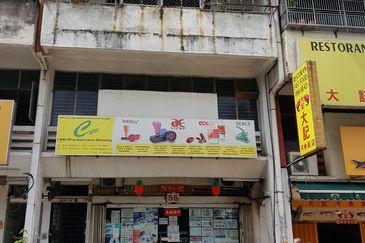
Bandar Baru Sri Petaling
Bandar Baru Sri Petaling, Kuala Lumpur

